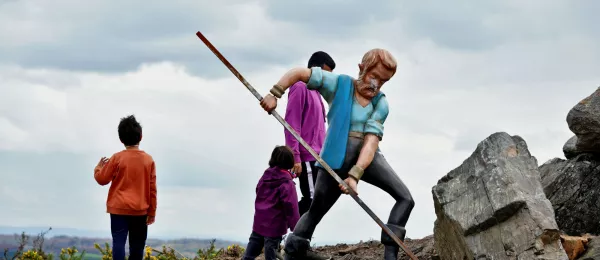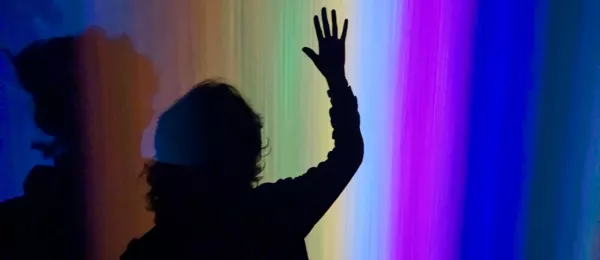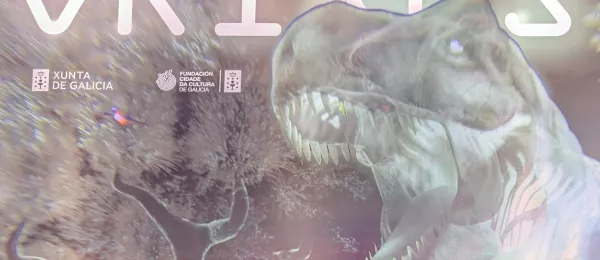Santiago de Compostela is internationally known for being the destination of a millennial pilgrimage route, the Camino de Santiago, which culminates with the arrival at the cathedral. But the city of Compostela has much more to offer to everyone willing to marvel at its culture, nature, and art. Centuries of history that can be felt in every street and every stone of this city declared a UNESCO World Heritage Site.
The Cathedral of Santiago: A must-see
The soul of the city. Imposing. Moving. Unforgettable. The Cathedral of Santiago is not just a monument; it is a symbol of arrival and, at the same time, a starting point. Its baroque facade will leave you breathless, much like the pilgrims arriving at Plaza del Obradoiro after a long journey. Don't forget to go inside to admire the Pórtico de la Gloria, a jewel of Romanesque art.
You can also climb to the cathedral rooftops to enjoy one of the best panoramic views of the city... and, if you can, don't miss the iconic botafumeiro in action flying through the cathedral's transept. Additionally, if you go at sunset and the weather is nice, you will enjoy a cathedral that begs for an Instagram photo. And at night... look for the shadow of the pilgrim (hint: it's in Plaza de la Quintana).
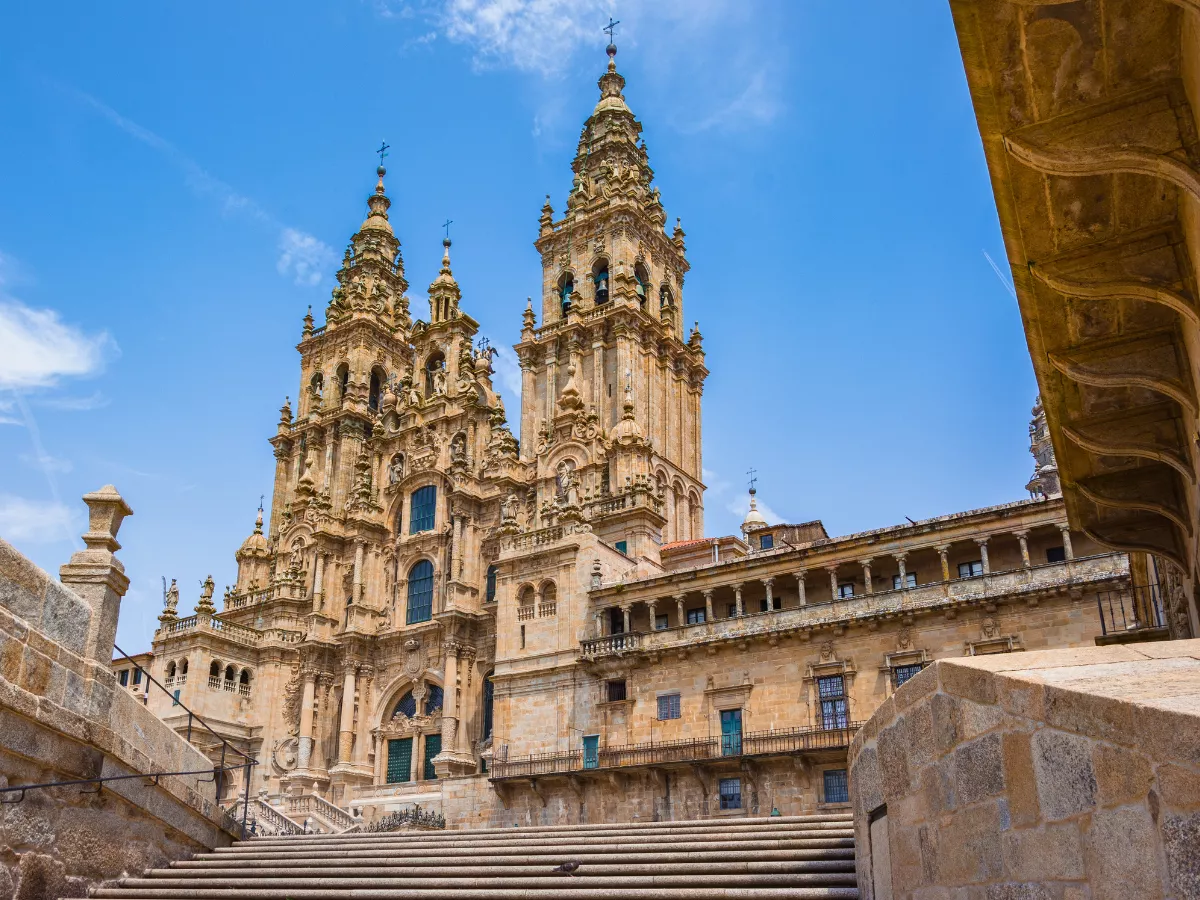
Book a tour
On a quick trip to Santiago, it can always be useful to take a tour. Various travel agencies and local tourist guides offer their best routes through Santiago and its surroundings. Here you will find multiple options according to your interests, many of them free.
Local guides
You can also go directly to the service provider that interests you. We recommend choosing local tourist guides. Here is a list.
Museo das Peregrinacións de Santiago: The Camino told from within
If you are interested in delving into the Camino de Santiago, you cannot miss this museum that explains its origin, symbolism, and impact. From medieval relics to ancient maps, including pieces of religious art, this museum is a must-stop if you want to understand why millions of people cross half the world to get here.
Centro Galego de Arte Contemporánea
Not everything in Compostela is about the past. The CGAC is the perfect counterpoint. In a white, clean, geometric building designed by master Álvaro Siza, the latest in Galician and international art is displayed. It is a space for cultural dissemination where its exhibitions invite you to think, question, and feel. It also has a contemporary art library, a specialized bookstore, and a café.
Museo do Pobo Galego
Do you know how Galicians fished a hundred years ago? Or what traditional clothing was like? This museum is not just an ethnographic collection; it is a declaration of love for Galician roots. Located in the Convent of Santo Domingo de Bonaval (which also houses the Panteón de Galegos Ilustres, where the remains of Rosalía de Castro or Castelao rest), it takes you through rooms dedicated to music, the sea, agriculture, traditional trades, and even popular beliefs.
It is impossible not to mention its triple helical staircase, unique in the world, with three ramps that go up together without ever crossing. As symbolic as it is hypnotic, it is a must-stop for showing off on social media.
Casa da Troia: The pension that made history
Did you know that a humble student boarding house became a literary symbol of an entire era? The Casa da Troia recreates student life at the end of the 19th century, inspired by the novel by Alejandro Pérez Lugín.
Everything is presented faithfully to the time: dormitories, furniture, personal objects, even books with handwritten notes. Visiting it is like sneaking into the bohemian, rebellious, and university life of Compostela more than a century ago. Ideal for those who love nostalgia, hidden stories... and cafes with gatherings.
Parque de la Alameda: The perfect postcard
A few steps from the historic center, the Parque de la Alameda is a true green haven.
Here you will find curious sculptures like the famous "Dos Marías" or that of Valle-Inclán, paths among camellias, the tree of lovers, and a curious acoustic bench. If you whisper in one corner, another person can receive the message at the other end. Additionally, you will enjoy a privileged view of the Cathedral on the Paseo de la Herradura. Ideal for walking or simply sitting to watch Santiago life go by.
Parque de San Domingos de Bonaval: Green, how I want you green
An old cemetery converted into a park of 39,963 square meters, divided into three levels where you can get lost walking or with the views it offers of the old town of Santiago.
It is next to the Museo do Pobo Galego and the Centro Galego de Arte Contemporáneo (CGAC). Ideal for reading, sunbathing, seeing how the picheleiros (people from Santiago) have picnics, or contemplating the sunset over the towers of the Cathedral.
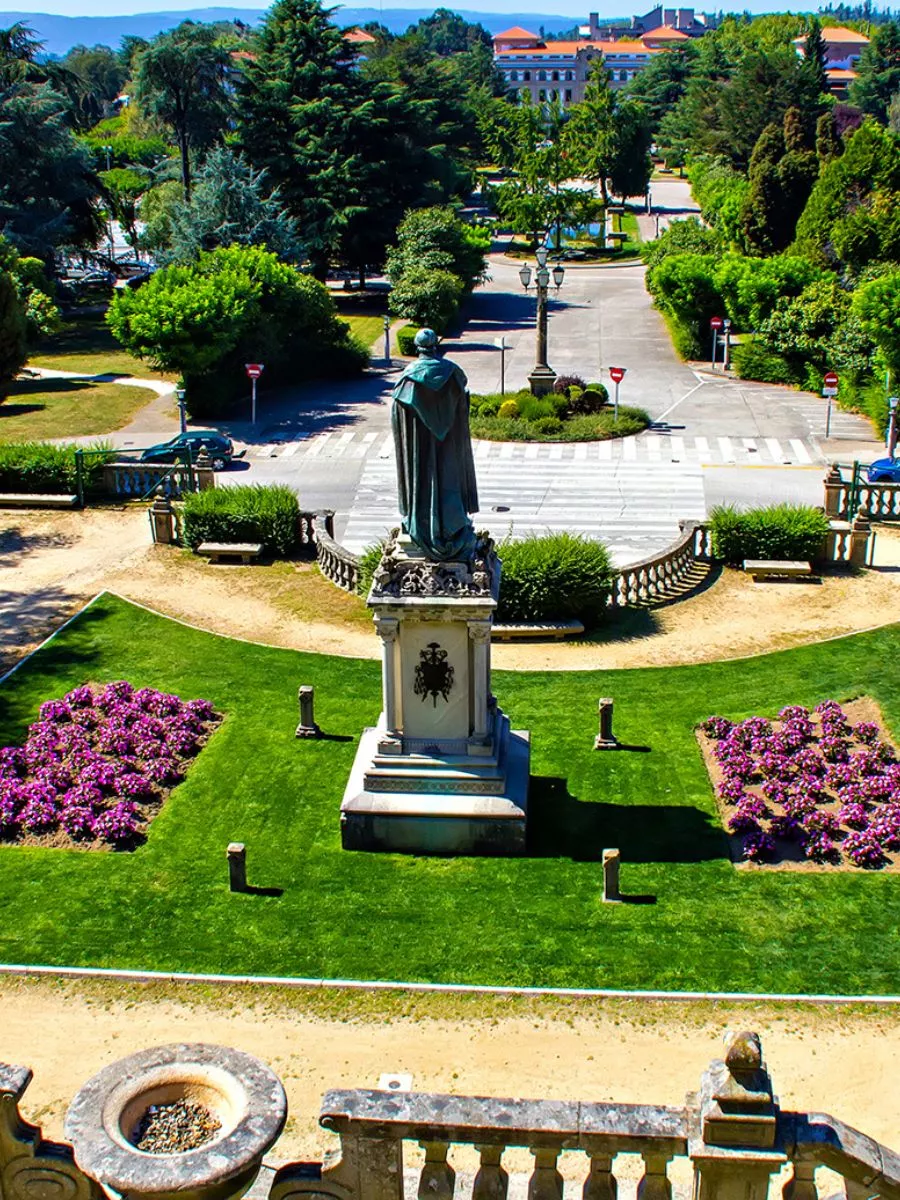
If you like to walk, Santiago also has natural surprises waiting outside the center.
Ruta del Río Sarela
A river trail that accompanies the Río Sarela along its small waterfalls and rapids, with stone bridges and old mills for a storybook walk. It is a perfect option for walking relaxed surrounded by native vegetation and disconnecting from the city.
If you like to walk, here is a proposal of all kinds of routes to get to know the city: the essential, the unusual, the green, the mystical, the one recommended for photographers...
Monte Pedroso
The natural viewpoint of Santiago par excellence. You will see a panoramic view of Santiago and the rural landscape surrounding the city with silence and the sounds of nature as the soundtrack. It has several hiking routes, and the climb has a moderate difficulty. However, the views compensate for the effort.
If you are looking for nature and a bit of adventure, Santiago is surrounded by surprising trails. Look for the landscape and level of difficulty adapted to you.
If you come with family, these options won't fail.
Museo de Magia Kiko Pastur
In the heart of the historic center of Santiago, it offers guided tours with optical illusions, historical pieces, and live magic. An interactive space for all audiences, with a shop, shows, and courses, created by the illusionist Kiko Pastur in 2020.
Natural history Museum
Dinosaurs, skeletons, giant insects, minerals... An educational and surprising plan that will delight children of all ages and curious adults. Located in Vista Alegre park, the museum has interactive exhibitions and collections that include prehistoric fossils to native species of flora and fauna.
Cidade da Cultura
Futuristic architecture, interactive exhibitions, and plenty of space to run. It is a place where culture and play go hand in hand. Additionally, they usually organize family workshops and activities on weekends. And among its temporary exhibitions, you will always find a great option for boys and girls. For example, Orixes, which will be until October, and therefore coinciding with the DrupalCamp. It is a sensory immersive experience through virtual reality, which traverses four billion years of evolution of our planet. If you have dinosaur enthusiasts in the family, they will love it.
In the surroundings of the Cidade da Cultura, there is also the Parque da Balea, a children's play area that pays homage to one of the great Galician plastic artists: Urbano Lugrís.
Mythological path of monte Viso
Monte Viso, key in the Roman planning of Compostela, was used for agricultural and industrial work until the 20th century. Today it offers different routes, some of them from the Cidade da Cultura, and houses a mythological path populated by representations of various fabulous beings from the Galician oral tradition, such as the Lamia (a mix of woman and snake), the Coca (a dragon), Breogán (king of the Celts), or the biosbardos (have you ever seen a gamusino? Well, the same).
